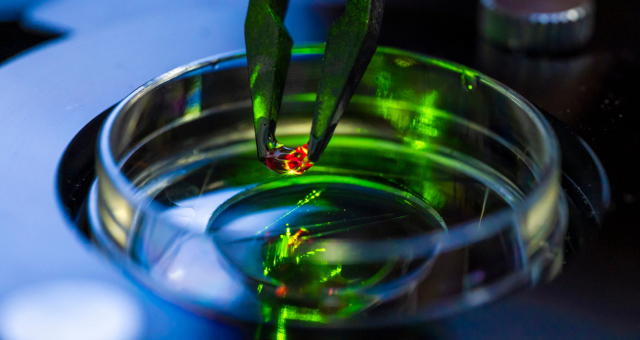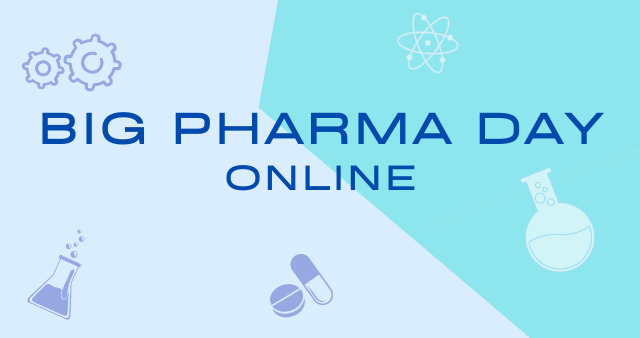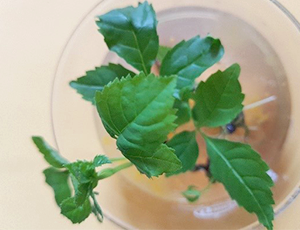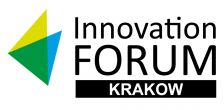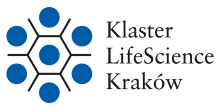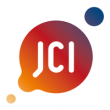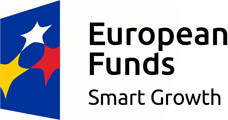
The essence of the invention
The subject of the offer is an innovative derivative of cisplatin with cytotoxicity controlled by UV / VIS light and the method of obtaining this derivative for use in anti-cancer therapy.
State of the art
Cisplatin is one of the most widely used anticancer drugs applied in the treatment of testicular, ovarian, cervical cancer, head and neck, bladder, and lung cancer, melanoma, and lymphomas. However, the usage of cisplatin leads to numerous and serious side effects. Therefore, newer and newer cisplatin analogs and derivatives as well as the method of their delivery are still being sought.
Solution
The photopharmacology approach is based on a therapeutic effect using light and a photo-active drug molecule. The pharmacological activity of such a system can be modified by the absorption of light. The change in the structure of the molecule caused by light can significantly impact its biological properties and pharmacological activity resulting in the change (enhancement or attenuation) of the therapeutical effect. The photopharmacological concept in therapy is desirable, as light is an ideal therapeutic stimulus: visible or infrared light is harmless for humans and may reach the affected body area with great quantitative (intensity), qualitative (wavelength), spatial, and temporal precision. It may be delivered directly (skin, eyes), endoscopically (gastrointestinal tract, respiratory system, uterus, bile duct, sinuses, urinary bladder), through the skin (testes, thyroid gland, some lymph nodes, muscles, and bones), or through an incision in the skin (peritoneum, pancreas, liver, stomach, kidneys, prostate). Invention Scientists from the Jagiellonian University obtained a cisplatin derivative, substituted with an arylazopyrazole moiety capable of reversible photoisomerization under the influence of 360-400 nm (trans-cis) and 530 nm (cis-trans) light. Scientists have managed to prove, that the obtained cisplatin derivative in the non-irradiated form is relatively high toxic to cancer cells. As a result of irradiation with light with a wavelength of 360-400 nm, this compound transforms into a form with much lower toxicity. The transformation from the less toxic form back to the more toxic form can be accelerated by irradiation with visible radiation having a wavelength of about 530 nm.
The offered solution is a subject of a patent application. Further development of the invention is conducted by the scientific staff of the Faculty of Chemistry of the Jagiellonian University. Currently, the Centre for Technology Transfer CITTRU is looking for entities interested in licensing and application of the technology described above.
information / broker of Jagiellonian University


